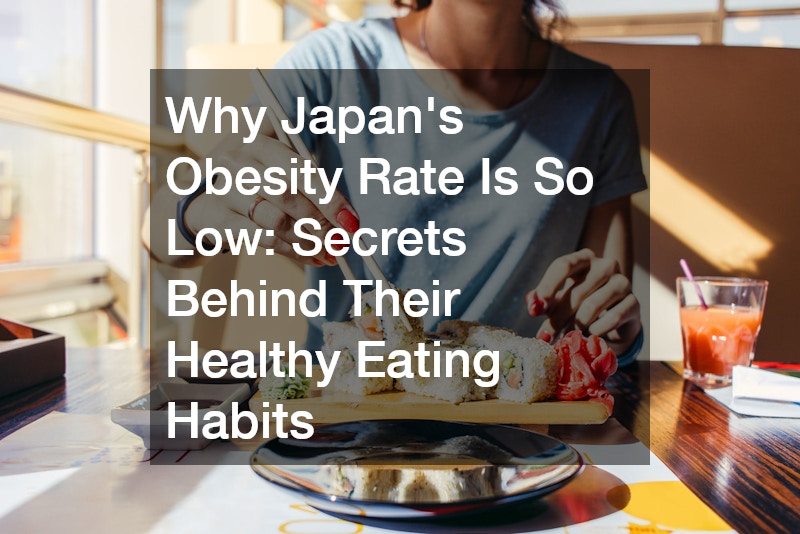Japan’s remarkably low obesity rate of just 3.5% stands in stark contrast to the United States, where the rate averages around 30%. Understanding the reasons behind this significant difference offers valuable insights into effective strategies for promoting healthier eating habits.
The Fast-Food Landscape
One of the primary factors contributing to Japan’s low obesity rate is the country’s unique food environment. Unlike the United States, which boasts an abundance of fast-food establishments—over 243,000 as of 2017—Japan has only around 6,000 fast-food outlets.
This disparity means that, per capita, Americans have about 15 times more access to fast food than Japanese individuals. Fewer fast-food outlets naturally reduce the opportunities for unhealthy eating.
Convenient and Healthy Options
However, Japan’s food landscape is not solely defined by the presence of fast-food outlets. The country also offers a wide variety of healthier food options that are both convenient and affordable. For instance, Japanese convenience stores provide a range of reasonably healthy choices, including rice balls, fresh salads, and simple soups. You can even find items like wasabi paste, which adds a flavorful kick to dishes without adding excessive calories. These options contrast sharply with American convenience stores, which predominantly feature processed and unhealthy foods. The availability of nutritious options helps individuals make better food choices quickly and easily.
High Density of Convenience Stores
Another key aspect of Japan’s food environment is the density of convenience stores. With approximately 55,000 convenience stores across the country, Japan has about ten times more stores per square kilometer compared to the U.S. This high density ensures that healthier food options are readily available and accessible to most people. The proximity of these stores makes it easier for individuals to choose healthier meals over processed alternatives.
Beverage Choices
In addition to the convenience of healthier food options, Japan’s approach to beverages plays a role in its low obesity rate. Japanese vending machines offer a variety of unsweetened beverages, including black coffee and different types of tea, while American vending machines are typically stocked with sugary drinks. This preference for less sugary beverages helps curb excessive calorie intake and promotes better overall health.
Cultural Habits
Cultural habits also contribute to Japan’s healthy eating patterns. Tea is commonly served with meals, and large, sugary drinks are less prevalent. This preference for tea over soda helps limit calorie consumption and supports healthier dietary habits.
In a Nutshell
Japan’s lower obesity rate can be attributed to a combination of factors: a lower density of fast-food outlets, the availability of healthier convenience store options, a high concentration of convenience stores, and cultural preferences for less sugary beverages. With an environment that makes healthier choices more accessible and convenient, Japan provides a model for other countries seeking to improve public health and combat obesity.
.


